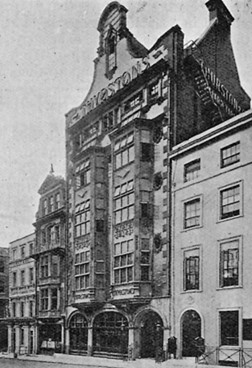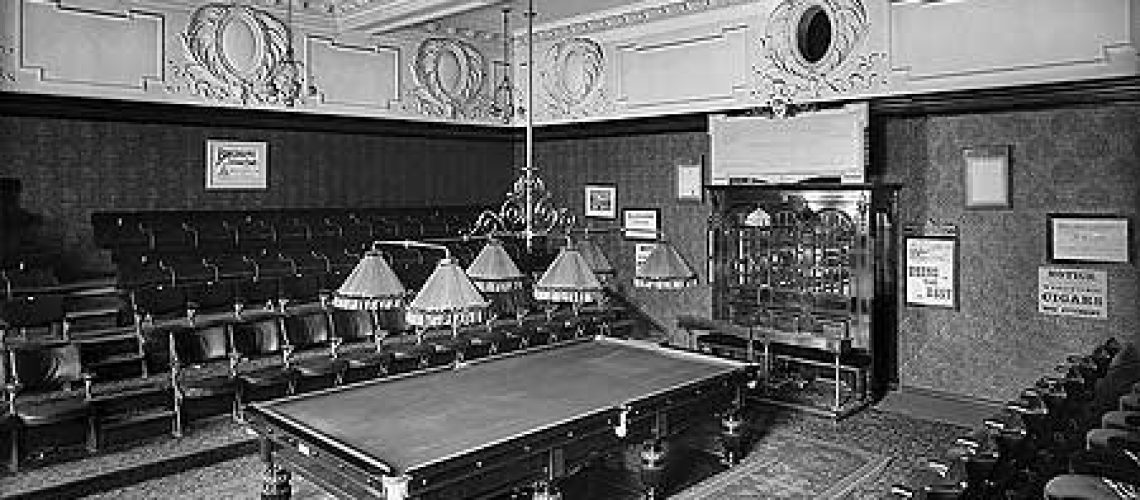Parkinson’s curtailed my guiding and I now live in a care home. I think therefore its acceptable to watch afternoon television much of which appears to be repeat programmes about antiques. They follow a similar format in that during the programme the presenter visits an appropriately local venue such as a nearby stately home.
One such half watched programme was based in Cheshire and took the presenter to Liverpool, not to any obviously antique venue but to a modern shop which sold snooker equipment, notably tables
The company was called Thurston’s. John Thurston had a long and significant history in billiards and snooker, credited with many innovations, including the first vulcanized rubber cushion in 1845 and the standard billiard table design in 1892, which is the basis for modern snooker tables. All pertinent as the World Championship closes. So we can see the name of Thurston has been synonymous with the sport of Billiards and its successor Snooker since 1799 an why John Thurston, is considered by many to be the father of the modern game.
Interesting, but what has it got to do with the CWGLA? Well, this all took place, not in Liverpool but in London. John Thurston opened his first shop in the Strand. In 1814 he moved to Catherine Street, Covent Garden. All his research and improvement were made here but in 1900 now trading as Thurston & Co. Ltd. He was forced to relocate from 16 Catherine Street because it was in the way of a new street from Holborn to the Strand. They moved to 45-46 Leicester Square and built new premises there, including a “match room” which became known as “Thurston’s Hall”. Sadly, on October 1940, during The Blitz, the Leicester Square premises were destroyed by a parachute mine which demolished the south-western corner of the square. The building was housing an “exhibition of billiards antiquities” at the time and many of the items were lost. It reopened under new management as the Leicester Square Hall in October 1947.

The venue closed early in 1955. [The last competitive match at the hall was played from 13 to 15 January 1955 between Joe Davis and his brother, Fred. This was the final match of the 1954/1955 News of the World Tournament. All very prestigious at the time but competition was growing fast.. Thurston’s moved north to Lancashire. It is where we move back to our antiques programme where we are told the Norman Clare Billiard and Snooker Heritage Collection at Thurston, St Anne Street, Liverpool, is probably the largest collection of billiards and snooker memorabilia in the world
So afternoon television can pay dividends sometime!
PETER ANDERSON Member 55
Images used are unattributed, public domain, and are taken from the Wikipedia article on Thurston’s Hall
Note from Webmaster – The hall was demolished in 1956. The site today is underneath Communications House (the building where the Lego store is today on the west side of the square). The northern half of this building with the Lego store was originally Farnum House (built for as the AA Hq in 1923 using architect Andrew Mather). The southern half of the building was extended copying the style of the northern half in 1956. The AA moved out in 1972, and the extended building was refurnished recently. The site of Fanum’s Hall is shown in the 1940s OS map on the west side of the square about three buildings along from the Panton Street corner. During the war the building then on the corner of Leicester Square and Panton Street, was hit by the bomb that demolished the Farnums Museum (at that time a separate building to the hall)

